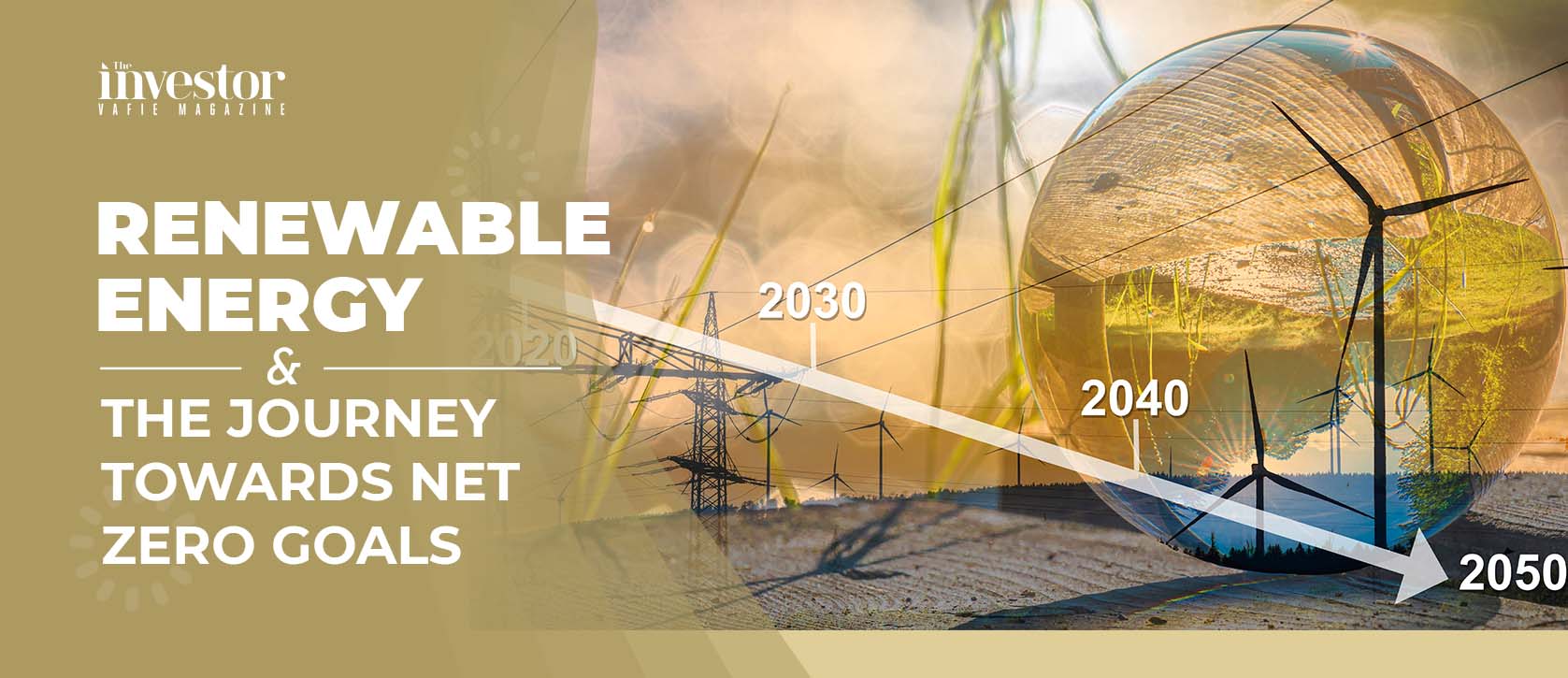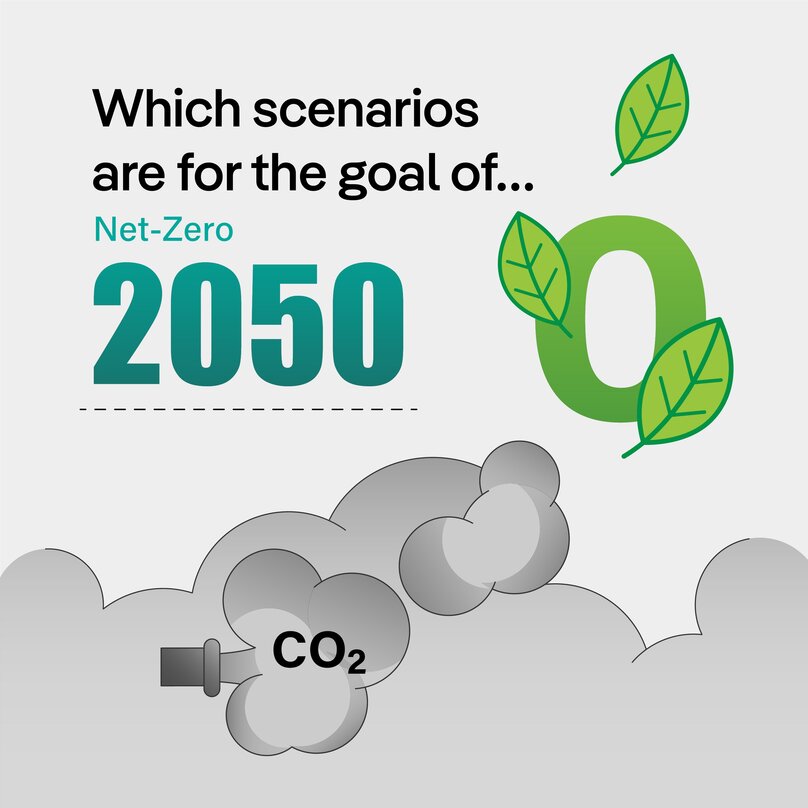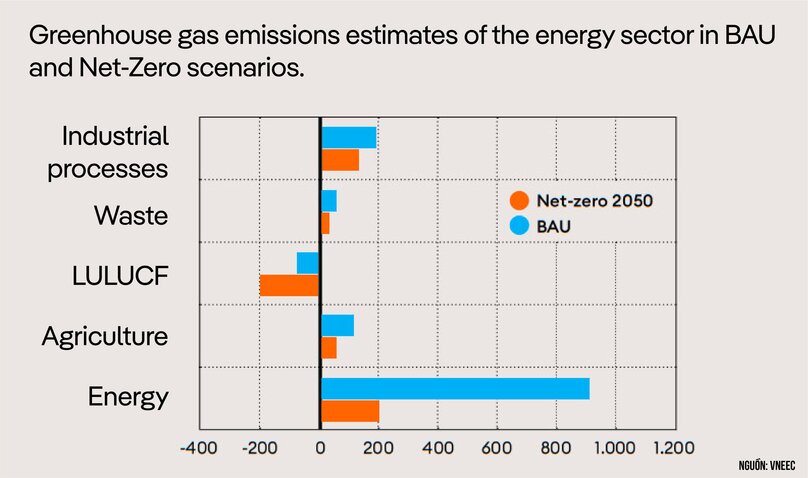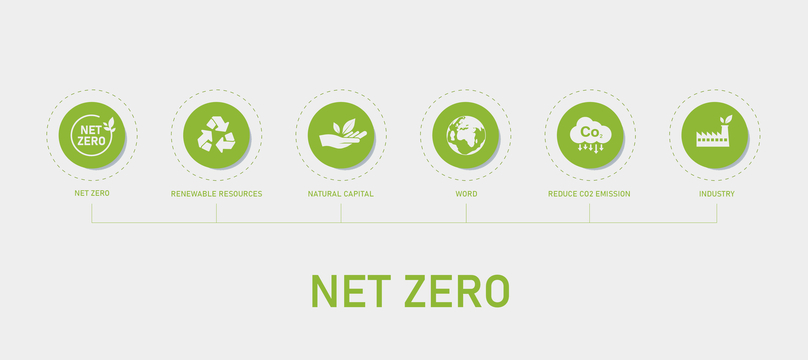


COP26 held in Glasgow, the U.K. gave humanity great hope for keeping the average global temperature increase at no more than 1.5 degrees Celsius and gaining net-zero emissions by the middle of this century, with promising commitments from global leaders.
Up until now, 137 countries have made pledges on net-zero emissions, while 77 countries, territories, and corporations signed the Global Declaration on conversion from coal power to clean electricity. Forty-five countries supported the transition to green, sustainable agricultural investment. Many car brands announced they would stop manufacturing gasoline-powered vehicles by 2024 at the latest. The U.S. and China issued a joint statement on cooperation in combating climate change.
The shift to clean energy has become the compulsory path for all nations. According to the International Energy Agency’s report on the journey towards net-zero emissions in the energy industry, by 2030, the scale of wind and solar power would need to quadruple, the volume of electric vehicle sales rise by 18 times, and the efficiency of energy use improve compared to 2020.
Renewable energy and storage solutions would see new technology breakthroughs. The convergence of these aspects would make clean energy cost-competitive and even become the cheapest source of energy by the end of this decade. Countries and multinational corporations are entering the race to generate the most and fastest possible international climate finance to invest in clean energy, electric traffic, and clean industries.

As a developing country, Vietnam has asserted its position of “pioneering the fight against global climate change" by making ambitious commitments to the goal of achieving net-zero emissions by 2050, and signing the “Global Coal to Clean Energy Transition Statement” at COP26.
Is the aim feasible for developing countries and economies that depend heavily on fossil fuels like Vietnam? What opportunities and challenges will these affirmations provide Vietnam? What are the necessary and sufficient conditions for transforming political commitments into concrete actions? How? Who will be in charge? Where are the resources from? What breakthroughs are needed, in which key fields? How will the development future of Vietnam's energy industries progress? And what role does renewable energy play in Vietnam’s road to net-zero emissions by 2025?

In order to achieve the net-zero goal, the forecast model calculates that Vietnam's electricity sources need major reductions in CO2, with power sources from fossil fuels accounting for only 10% of total capacity. However, it’s still not enough, and ambitious measures are needed to significantly reduce emissions in other areas, and simultaneously increase CO2 uptake.
Hinging on the nature as well as technological advancement of each industry, there will be scenarios for emission reduction targets by sector, like converting at least 85 percent of fossil-fuel vehicles to electric equivalents, cutting emissions from agricultural activities by 50%, enhancing CO2 absorption by 50%, and reducing emissions from land use, land-use change, and forestry by 30 percent.
For electricity production, an increase of 90 percent in electricity from renewable energy will rely mainly on non-hydroelectric sources because the potential of hydroelectric plants has been almost fully exploited. Currently, the most possible non-hydroelectric renewable energy sources are still limited to wind and solar power. The ever-growing production structure of renewable power requires a stable backup power source to ensure safe operating conditions for the entire system, due to the volatile and unforeseeable nature of wind and solar power generation.

The recent draft power development plan VIII (PDP8) sets out a new scenario specifically for wind power and other renewable energy sources by 2030. This includes reaching 17 GW of onshore wind power installation capacity; having 13 GW within the next nine years = 1.4 GW/year in the market accelerated by the bidding method; and achieving the target of 4 GW of offshore wind installation. GWEC believes that Vietnam can attain the target of 5-10 GW by 2030. In the period 2030 - 2045, the target of onshore wind power installation is 38 GW, which is equivalent to 1.4 GW/year.
Pham Minh Tuan, Vice Chairman of Bamboo Capital and General Director of BCG Energy - a unit that considers solar energy as its strategic investment, believes that Vietnam has a basis to achieve the net-zero target and is eligible for the renewable energy revolution in the coming years.
"Personally, I’m very impressed by the country's announcement of a goal to reach net-zero by 2050. The commitment to bring net emissions back to "zero" and join the methane pledge has sent a strong signal to the international community, unlocking global financial resources and providing opportunities for Vietnam to develop," he said.

According to Tuan, Vietnam has emerged as a hot spot for clean energy investment in Southeast Asia thanks to the development of solar power. Since the first solar feed-in tariff price list was enacted in 2017, the breakout growth of solar power over the past three years has resulted in the addition of more than 16 GW of capacity.
Over the next five years, wind power projects are expected to lead the way in adding additional capacity. The development and deployment of these renewable power plants will create commercial and employment opportunities in the country. There will be opportunities for future innovation when new technologies are developed and scaled to reach net-zero for the nation.
With the outstanding ability to implement and manage projects, and meeting strict technical and environmental standards, BCG has constantly received a lot of attention from international partners. Particularly, at the end of July 2021, BCG Energy and SP Group, a leading power company in the Asia-Pacific region, collaborated with the goal of developing 500 MW of rooftop solar power in Vietnam.
And most recently, on December 9, 2021, BCG Energy signed a contract to develop renewable energy projects of up to 1.5 GW in Vietnam with Sembcorp Utilities, a subsidiary of Sembcorp Industries that is among the 30 largest companies on the Singapore Stock Exchange. BCG signed additional cooperation agreements with "big players" internationally, highlighting the attraction of clean energy and the vision of foreign investors.

Tuan noted that difficulties in grid transmission infrastructure or policies are only immediate problems. "Net-zero will be the common destination of developed countries. The commitment of the Vietnamese government at COP26 shows the right vision of businesses choosing to invest in the energy sector. BCG knows that energy quality is a long-distance race, so we won't change our business strategy because of some immediate difficulties."
Reaching net-zero by 2050, an ambitious target, Vietnam needs to overcome several challenges. Among these are the challenge of obtaining necessary finance to facilitate energy transition and bringing new technologies to Vietnam to support this shift. New policies and regulatory frameworks need to be developed to attract investment into these technologies, which support the integration of renewable energy.
